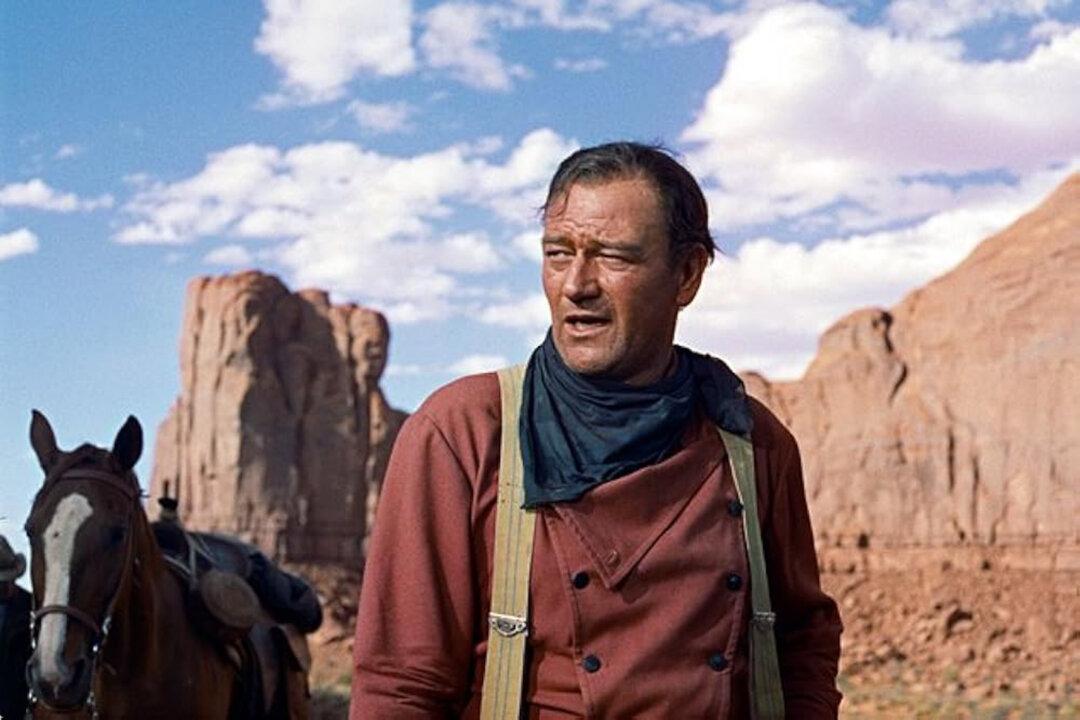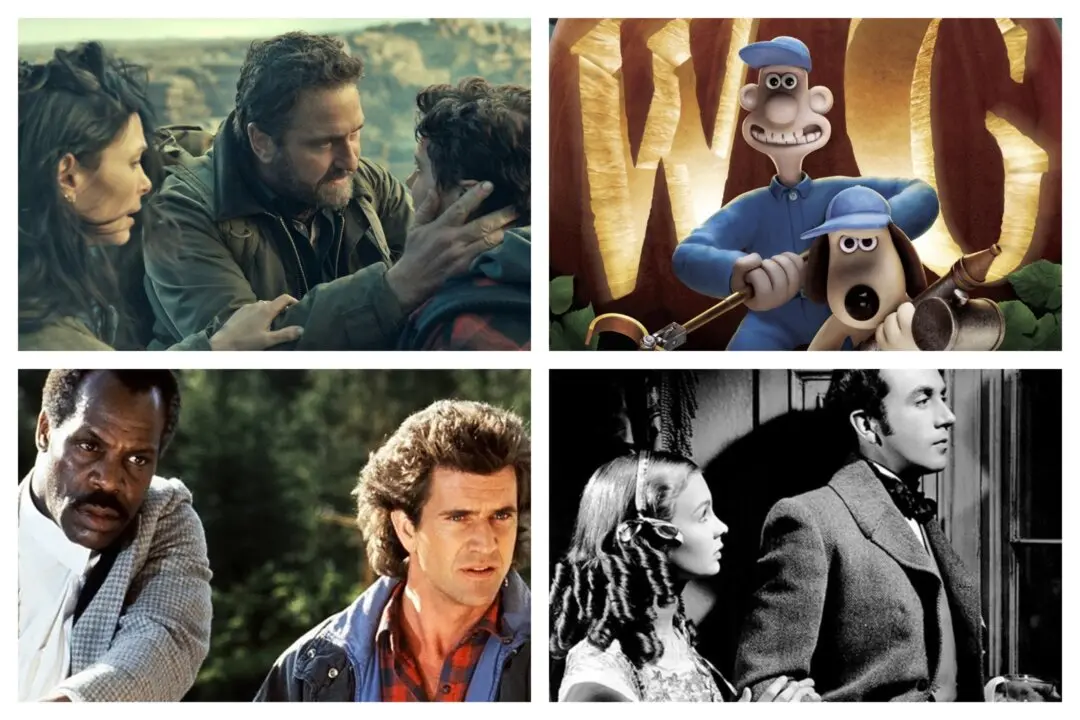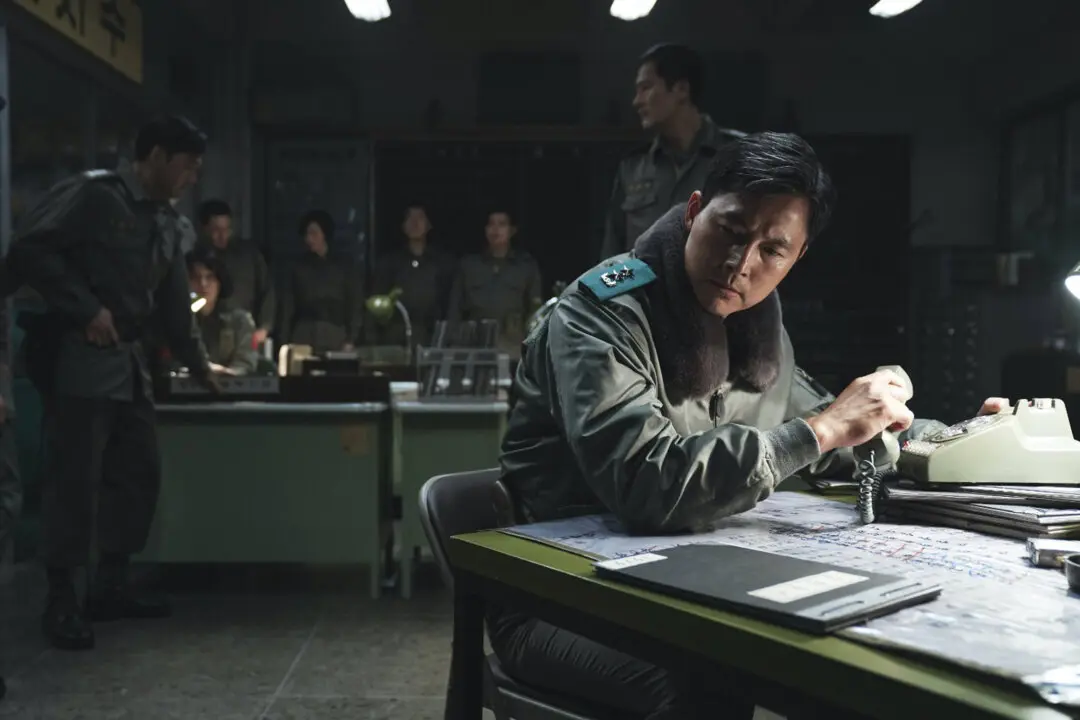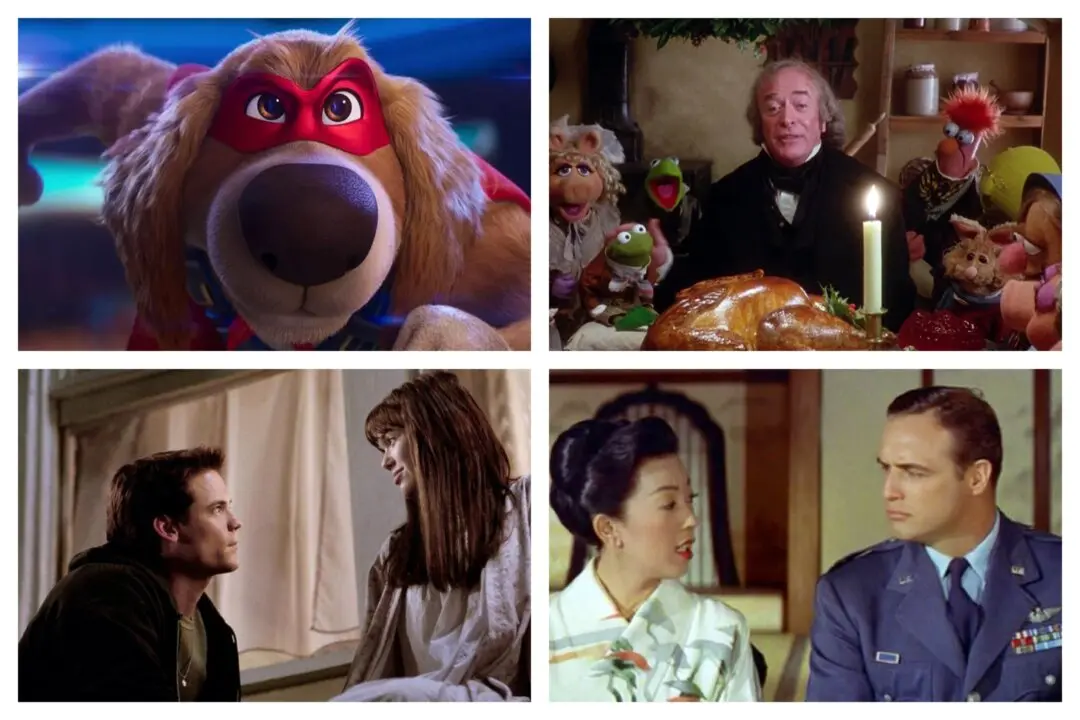NR | 1h 59m | Adventure, Drama, Western | 1956
John Ford’s “The Searchers” holds a unique magic that films from the Golden Age of Hollywood possessed. Unlike much of modern cinema, which often overwhelms the senses with graphic details, movies from that era engaged the viewer’s imagination, allowing the audience to participate in the storytelling experience.






